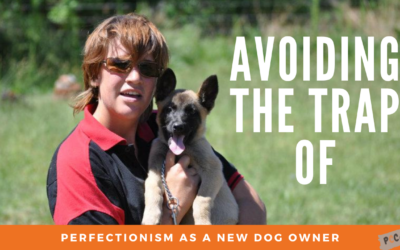Dog training methods vary widely and may depend on the individual dog’s behaviour challenges, temperament, and training history. While some trainers may have personal biases that influence their approach, trainers must strive to provide safe, effective, and appropriate training for the individual dog and in my opinion, for the owner. A lesson I learnt about if training would be successful is that it has three parts of the equation:
- Will a dog trainer recommend it, even if it goes against their opinion but knowing it will work better for both ends of the leash?
- Does it work for the dog?
- Will the owner do it?
f the answer is no to any of the above, then it won’t work. All trainers are humans, and all humans have their own opinions and biases. It is important to note these; it can take time to see if it would benefit or harm you and your dog.
Here are some potential pros and cons of balanced training and positive-only training.
Balanced Training: Pros:
- Can address a wide range of behaviours and issues, specifically where positive-only training may have failed.
- Often achieves quicker results, as it combines positive reinforcement with corrections.
- It provides clear boundaries and expectations for the dog, and thus reduces fear and anxiety in the long run.
Balanced Training: Cons:
- Using it incorrectly may cause fear or anxiety in some dogs due to the use of corrections.
- Using it in an unbalanced and incorrect way can potentially damage the dog’s and the owner’s relationship.
- Some methods may be considered harsh or aversive by some owners and trainers so that some people might judge you. (Skin in the game blog)
Positive-Only Training: Pros:
- Fosters a strong, trusting bond between the dog and owner.
- Encourages dogs to learn through positive experiences, and the dog chooses to go for what they want rather than avoid what they don’t want.
- Widely accepted as a humane and ethical approach to training, some will love you for using it.
Positive-Only Training: Cons:
- It can take longer to see results, as it relies solely on rewarding good behaviours, so choose wisely whether you have the time to do it and take risks involved with doing it over a longer period.
- It will be less effective in addressing severe behaviour issues or dogs with strong instincts.
- Some owners may find it challenging to maintain consistency and patience with this method, so if you are going to be inconsistent, you will create a more demanding and willful dog, and perhaps with the very behaviours you are trying to get rid of.
It’s essential to weigh the risks and benefits of various training methods and consult a professional trainer or behaviourist (remember their biases). Ultimately, the chosen method should depend on the dog’s unique needs, and trainers must adapt their approach based on the dog’s progress and response.





0 Comments